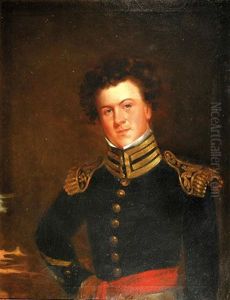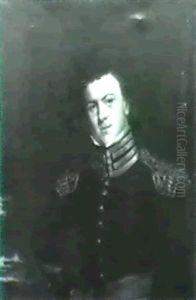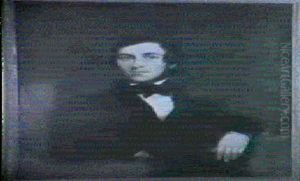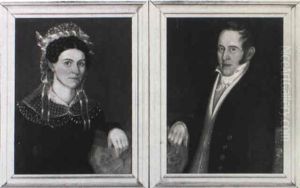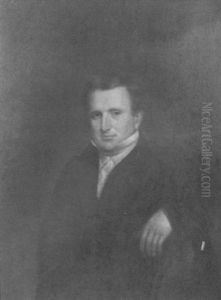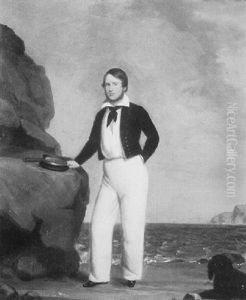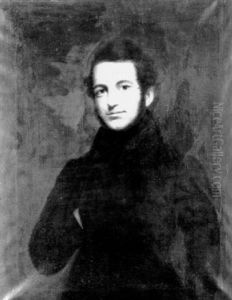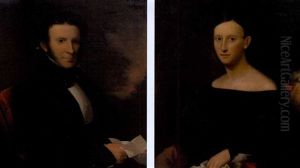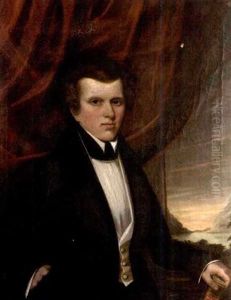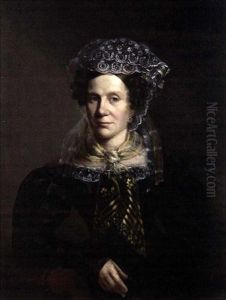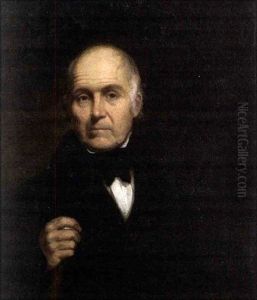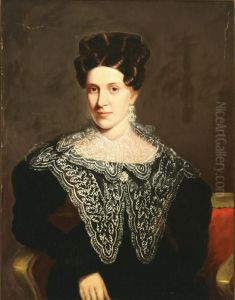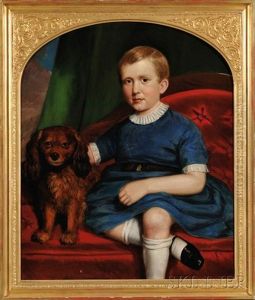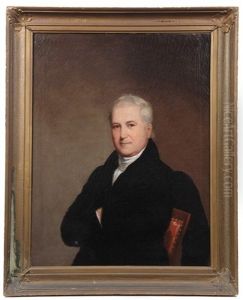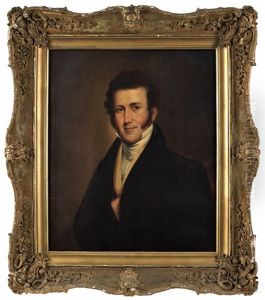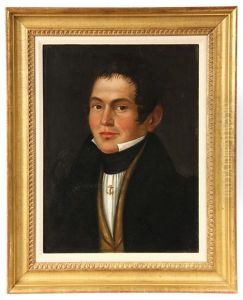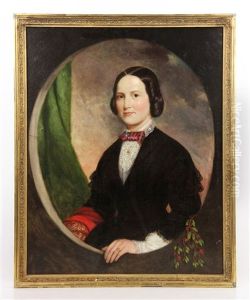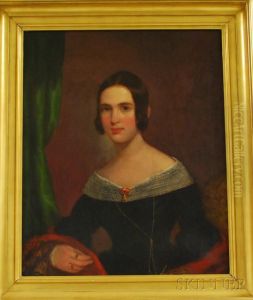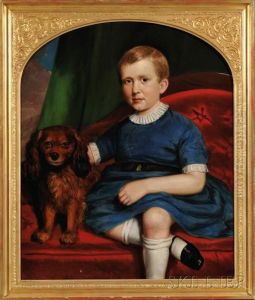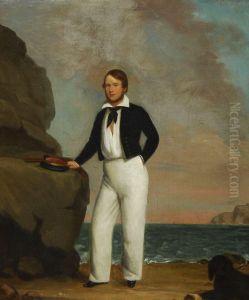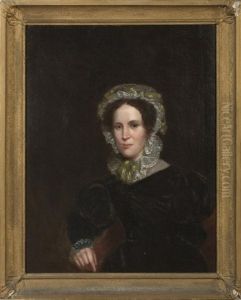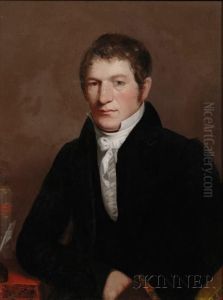Joseph Greenleaf Cole Paintings
Joseph Greenleaf Cole was an American landscape painter associated with the White Mountain School of art, which flourished during the 19th century. Born on October 20, 1837, in Boston, Massachusetts, Cole developed an affinity for art at a young age. Despite the lack of extensive formal training, he honed his skills and became known for his detailed and tranquil depictions of the New England landscape.
Cole's work is characterized by its serene portrayal of nature, often capturing the White Mountains of New Hampshire. His paintings are noted for their realistic representation, with a focus on light, shadow, and the natural beauty of the American Northeast. Cole's approach to landscape painting was influenced by the Hudson River School, a group of American landscape artists who sought to capture the majesty of the natural world. However, Cole maintained a distinctive style that emphasized the peacefulness and grandeur of the wilderness.
Throughout his career, Cole exhibited his works in various venues, including the Boston Athenaeum and the National Academy of Design. Despite not achieving the same level of fame as some of his contemporaries, his contribution to American art has been appreciated by collectors and scholars. His paintings are a testament to the allure of the American landscape and have been preserved in numerous collections, both private and public.
Joseph Greenleaf Cole's life was dedicated to capturing the essence of the American Northeast's environment, and he continued to paint until his later years. He passed away on March 1, 1918, leaving behind a legacy of tranquil and beautiful landscapes that continue to be admired for their quietude and mastery of light and form. His work remains an important part of the history of American art and offers insight into the nation's cultural heritage and the 19th-century appreciation of nature.
